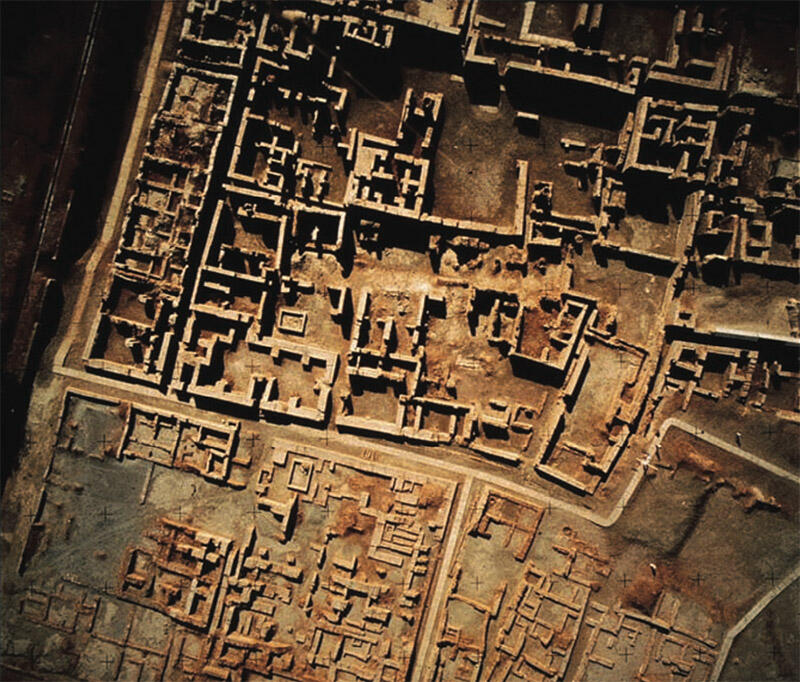"The theme of this volume has forced us to consider and grapple with what activities occur at night and how that can be applicable to the archaeological record of the Indus civilization. In doing so we have focused on water and sewage system maintenance, a traditional nighttime activity of the modern world, to demonstrate how the common spaces and activities of maintenance would have constructed a shared sense of belonging for participants and/or imposed shared identities upon them by outside viewers," write the authors (p. 288) in this fascinating speculative essay. What went on at night in ancient Indus cities? Surely there was a lot of waste to dispose, work to do.
Wright and Garrett continue: "While social inequality is ultimately the focus of this chapter, the case studies provided here in the context of the nighttime are intended to suggest that, at times, the regulation of activities to the night can be part of a socially exclusionary act. At the same time, sewage and water workers, as well as other modern nocturnal agents, have been socially excluded from anthropological study; thus the greatest benefit of an archaeology of the night in many cases is simply to shed light on these groups and invite us to better understand them."
This eye-opening paper then considers what the sanitary pressures would have been like in early cities and the first known sanitation systems. The situation at Mohenjo-daro is examined in detail, from the provision of fresh water through wells, both communal and personal, and the disposition of waste, which from the evidence would have required a serious amount of labour: "The exterior drainage system was complex and required regular cleaning and a large workforce to flush and clear deposits (Jansen 1993, 121). Its upkeep and variety suggest that workers were part of a municipally organized system . . . In some parts of the city, there were bathrooms in every household (Jansen 1993, 122). The effluent in each residence flowed from the interiors of houses to the outdoor street drains and spilled into pits at street level. Some houses had terracotta pipes that carried water from their interiors alongside streets and dumped their contents onto the main street, where they flowed into the pits (Wright 2010). The effluent spilling from the terracotta pipes carried the waste several blocks so that their owners were relatively free of the smelly odors while people who lived in houses adjacent to the soak pits (figure 14.4), often directly at the front, on the street side of the residence, were not so lucky. Odors would have been most offensive where restrictions in gravity flow caused clogging (Jansen 1993). Suspended matter would have to be removed in order to keep waste flowing into the pits, thus emitting more odors. . . . Still, the careful planning that went into removal and prevention of clogging of streets drains, cesspits, and soak pits required sustained and specialized care in order to prevent noxious substances from littering the landscape and had to be carried out throughout the year. The scale and intricacies of Mohenjo-daro’s sanitation system would have undoubtedly required significant care, a task too large to be confined to the daylight hours" (pp. 295-8).
The article then helpfully reviews how larger metropolises like New York City and Kolkata in the 19th century handled large volumes of waste, and the characteristics of the sanitation workers who managed the situation. "How this management affected the social value of sanitation workers cannot be said, but this chapter has provided evidence that such questions can and should be asked by archaeologists. Urban maintenance is a twenty-four-hour job, and much of the work happens at night. This observation is true today, and was likely true in the Indus as well" (p. 303).
Careful not to draw conclusions for which the evidence is slim, this paper is a most welcome addition to how we think of the complexities of Indus life and the many technical challenges that urbanization would have raised, but whose solutions are little understood.
Image: Aerial view of the streets and houses at Mohenjo-daro. (Photo courtesy of M. Jansen, Aachen Research Project, Mohenjo-daro)

